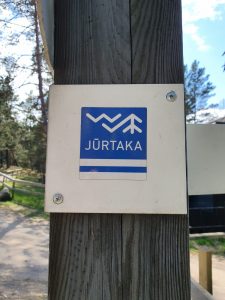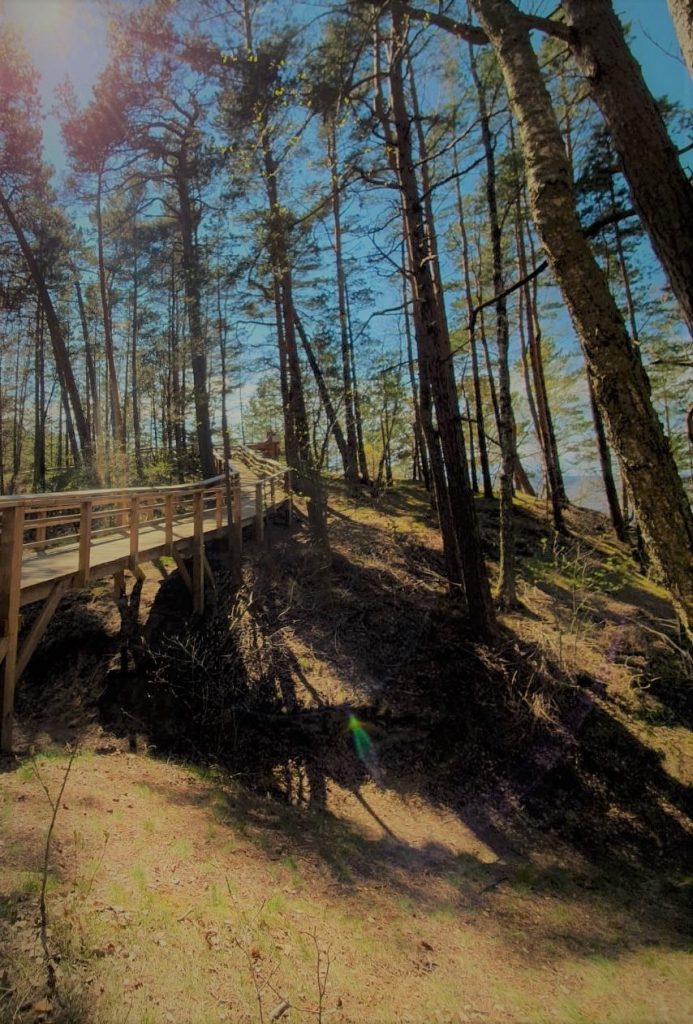There is no sun without a shadow and vice versa. The pressure of epidemiological safety restrictions has created quite doom view in regards of coastal tourism in the bigger resorts and mass tourism destinations in Latvia. However, many coastal tourism companies in periphery, probably, experienced the best year in the last decade. Local travel has increased extremely. Some travelers finally discovered there can be jams in their own country and established new travel practices. Meanwhile, small and micro entrepreneurs, representing local tourism sector in coastal areas, has developed new services still maintaining high level of hospitality and showing care of the visitor in a level not seen before. We hope that both aspects will become a good ground for the future tourism development in the coastal areas.
Then and now – what happens in coastal areas
Latvia has excellent seashore - approximately 500 km long with perfect sandy or a bit stony beaches. During the soviet period (1945 -1991) the parts of the seacoast were considered as strategic, military territories with restricted access. As a result, nowadays coastal territories have not only rich natural heritage or fisherman culture, but also military heritage. However, the density of population and settlements is rather low. Also, around a half of Latvian seashore are territories with some level of nature protection status.
Overall there are just some international level destinations and majority of the tourism services along with infrastructure available on the seacoast should be characterized as suitable for individual travelers, rural, who prefer to spend their holidays in natural rural settings. This means that tourism companies are small, frequently run as lifestyle or side business, therefore more resilient and with higher ability of the adaptation.
Besides commercial services, numerous infrastructure objects and facilities has been developed mostly by using EU project financing. One of such examples is 1420 km long Seaside hiking route (Jūrtaka, https://baltictrails.eu/lv/coastal ) which starts at the Lithuanian-Russian border in the village of Nida in Lithuania, leads through Latvia and finishes at the Port of Tallinn in Estonia. It is obvious that the hiking trail attracts wide range of audience generating new tourist flow that is important precondition for the destination development.
Pandemic time trace on the shore
Nature resources in Latvia are for free. Yes, so simple. For entrepreneur and traveler. That is nice and socially responsible political decision, however increase of visitors of natural territories with recreational motives have created more of anthropological pressure. This results in a need of more often maintenance works for infrastructure, waste management and regulation of visitor flows are needed in sites that before pandemic would never be considered as popular. It is important to admit that there are enough visitors who will remember their first visit to some coastal nature area with pandemic time. This means another behavioral pattern in regards of consumption of natural territories which requests reaction from the destination management organizations and other stakeholders. Consequently, the public discussion about nature free of charge has been raised. Who, how and why should pay for usage or resources and how to create manageable system for implementation of such a solution – these are challenges that tourism industry has to deal with as soon as possible.
Meanwhile in a small seaside tourism company
As already said, small tourism businesses with focus on local, individual visitors (or micro size groups) had experienced increase in demand. Small, rural accommodations and unique experience providers have been busy since summer 2020. Some observed that they did not had classical offseason in autumn and winter. Obviously adjustment of services happens naturally as entrepreneurs know that their response has to be very rapid, of course it meant that educators had to react the same way offering concentrated seminar type educational events, for example, how to prepare the accommodation for the self-isolation or individual, very targeted consultations about other topicalities, as digital marketing or specific project proposal preparation. The ability to see beyond your own yard has been important in order to adjust services for the needs of visitors. For instance, hiker friendly accommodation, transfer services for linear route hikers or cyclists, a hot tube under the open sky in the pine forest near the dunes or digital solutions for surrounding nature interpretation.
To sum up
Still there are many steps to accomplish in order to reach ideal, sustainable and smart coastal destination system. This will be a challenge for all involved parties, especially for destination management organizations and request enhancement of knowledge, skills and competencies in collaboration, networking, problem solving and common systemic vison development.



